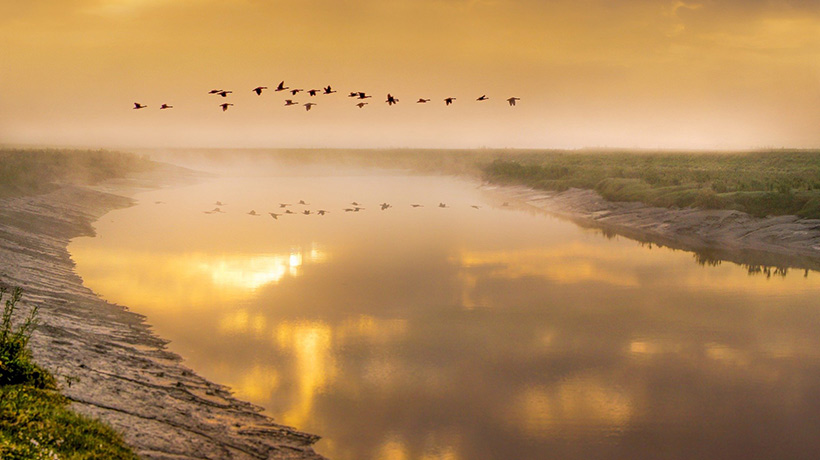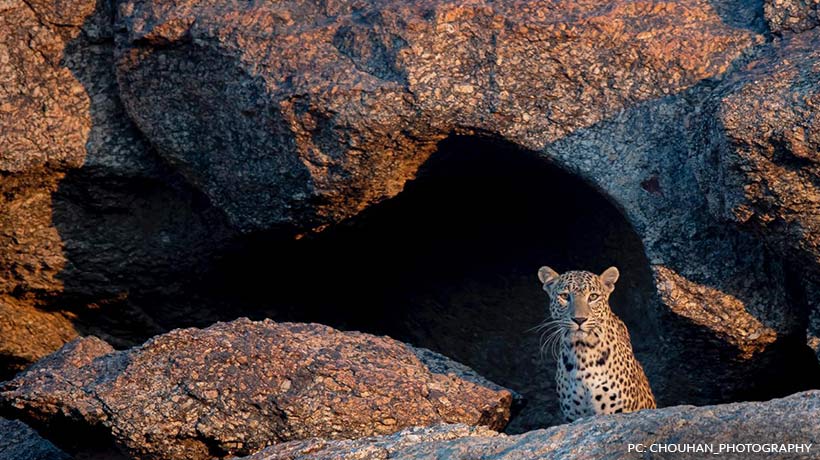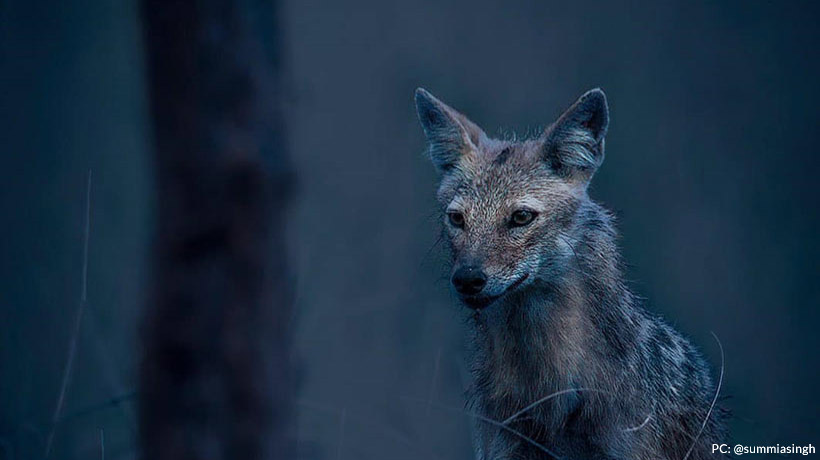Since wildlife photography is one of the most rewarding genres in the field of photography, it is daunting as well. For all of you who are wildlife enthusiasts or getting into wildlife photography. You need to be persistent before anything, it takes a lot of hard work and patience to get a perfect click and as a beginner, it can be hard to know where to turn and where to develop your skill sets. Since wildlife is highly unpredictable, you have to consider the environment and its lighting. Every great shot needs skill, planning, and persistence as I already mentioned. So, below are some tips for all the beginners to improve their skills.
- Begin with Your Surroundings
Capturing beautiful moments doesn\’t necessarily mean you need to go far from your home. To improve your skills you need to look around you first and observe the things. The details around you, start from capturing them. Once you will learn about bugs and butterflies in the garden, you will learn things about the wildlife that other people don\’t know.

- Tap into the Familiar Environment & Local Knowledge
Go search for a suitable location nearby, talk to people such as street cleaners, taxi drivers, or local people around you if they have seen creatures to take pictures near your locality. Sam Hobson\’s work with metropolitan foxes is such an example of how photographers can get creative in an urban area.

- Know your Subject
You can capture beautiful and unique moments by chance but award-winning images are the ones that are captured with a photographer\’s knowledge.
Photographer\’s knowledge about animals and their behavior depict the darker side of wildlife. Firstly, you should know about your subject and have a good understanding of it. This one thing is mentioned by all the photographers in magazines, people do overlook it because it requires time and dedication. I recommend you to have a thorough read about the species you are gonna capture.

- Be Patient
Photography requires you to go to great lengths for that perfect picture you wanted to get. People wait for weeks in the freezing environment to capture a rare picture, as it is all about getting the shot.
It is very difficult to get a perfect shot at the perfect timing and the perfect location. So, you\’ll have to be patient and wait.

- Dealing with Low Light Situations
We all know what are \’Golden Hours\’, Lot of animals are most active at dusk and dawn. Naturally, at these times of day, The rays of light are dim and soft and it is really challenging to capture at this time of the day. And this one is one hell of a hurdle which beginners need to overcome.
Golden hours is a great time to shoot photos since the tone of light is so soft and diffused and it illuminates the subject.

- Know your Camera
I can\’t stress how important it is for you to master your camera. It seems obvious, but it is not. I have seen so many people losing out on capturing beautiful shots because they don\’t know about their camera\’s settings and how to work with their camera.
take time to understand your camera, the exposure triangle, focussing modes, its ISO capabilities which help a lot in dealing with low light which is one major factor. Learn each thing about your camera, because in wildlife things happen fast and by the time you get stuck with your camera you will miss out on the shot. the quicker you will react with your camera the more chances of you getting that shot.

- Be Creative
We should not forget that photography is art. Creativity is the one thing that makes you stand out of thousands of shots. People will get attracted to your picture because of your creativity and how you have thought out of the box and created something new and unique.





